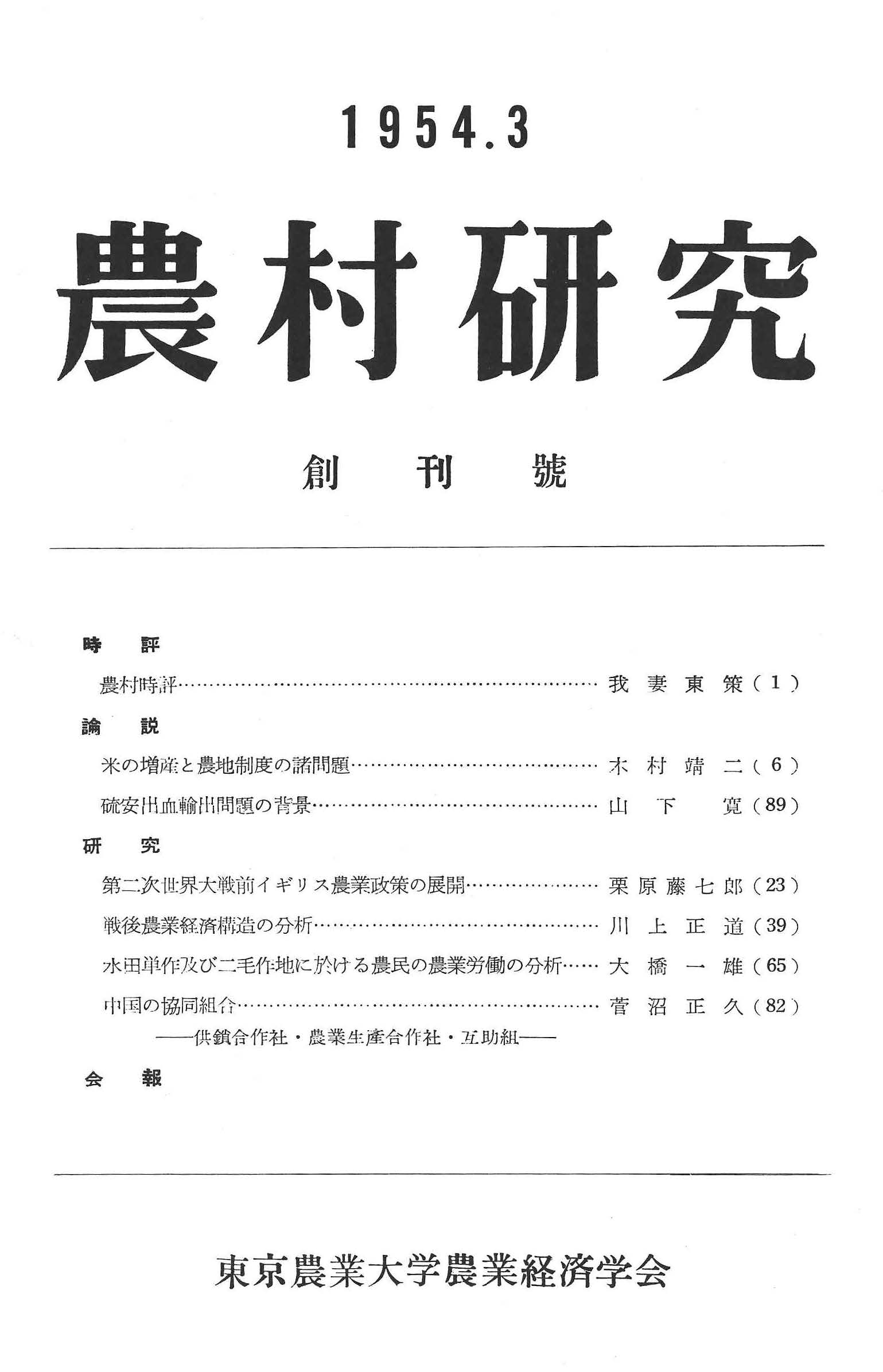Volume 2018, Issue 127
Displaying 1-4 of 4 articles from this issue
- |<
- <
- 1
- >
- >|
Articles
-
2018Volume 2018Issue 127 Pages 1-17
Published: September 20, 2018
Released on J-STAGE: April 23, 2024
Download PDF (836K) -
2018Volume 2018Issue 127 Pages 18-28
Published: September 20, 2018
Released on J-STAGE: April 23, 2024
Download PDF (542K) -
2018Volume 2018Issue 127 Pages 29-42
Published: September 20, 2018
Released on J-STAGE: April 23, 2024
Download PDF (733K) -
2018Volume 2018Issue 127 Pages 43-59
Published: September 20, 2018
Released on J-STAGE: April 23, 2024
Download PDF (938K)
- |<
- <
- 1
- >
- >|
